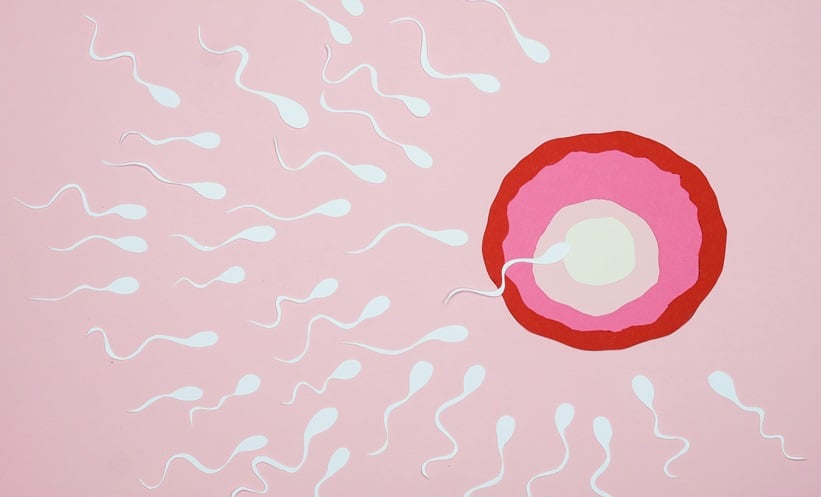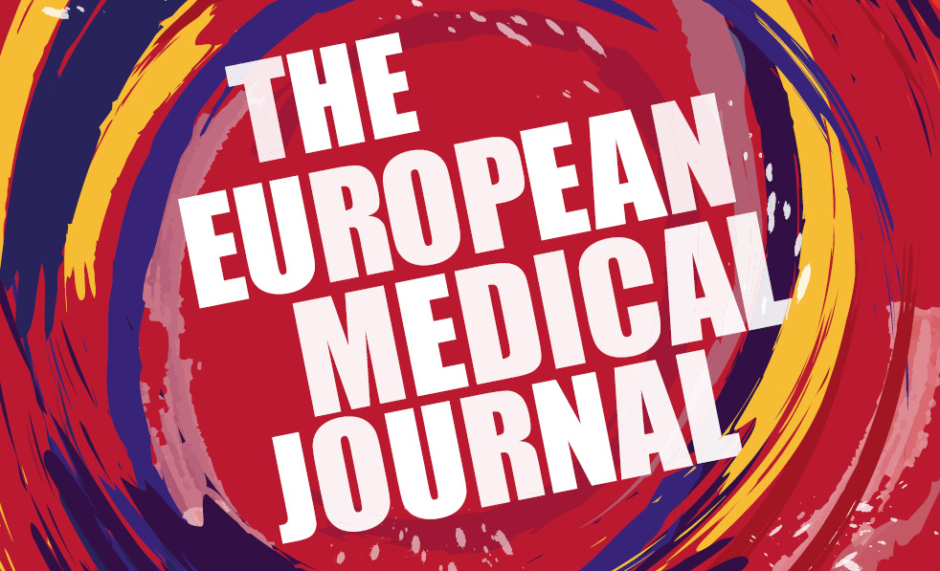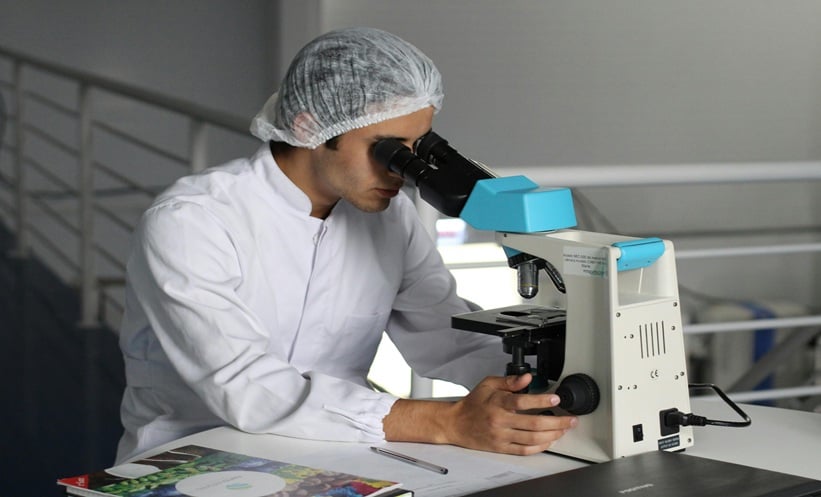A GROUNDBREAKING study has revealed that as men age, sperm cells undergo a subtle form of “evolution”, where certain mutations gain a reproductive advantage – increasing the likelihood of passing on developmental and genetic disorders to children.
Previously, scientists struggled to determine how paternal age influences genetic health, as standard sequencing technologies could only estimate mutation rates. In this research, a powerful new sequencing method called NanoSeq was used, offering exceptional accuracy.
Researchers analysed 81 sperm samples from men aged 24–75, uncovering a steady accumulation of around 1.67 mutations per year per haploid genome. This precision made it possible to detect subtle yet significant changes, revealing that these mutations are not random – some are actively selected for during spermatogenesis, the process that produces sperm.
The study identified two distinct mutation signatures linked to ageing and uncovered more than 35,000 coding mutations in total. Notably, 40 genes showed clear signs of positive selection, 31 of which were newly identified. Many of these genes are associated with developmental disorders or cancer predisposition syndromes in children, highlighting a biological link between paternal age and offspring disease risk.
Sperm Evolution Raises Genetic Risks for Older Fathers
The findings suggest that positive selection – the process by which certain genetic changes give sperm cells a reproductive edge – may unintentionally favour harmful variants. In other words, the sperm that are most successful at reproducing can sometimes carry mutations that increase the risk of disease.
Researchers estimate that in men of middle age and older, as many as one in twenty sperm could contain a potentially damaging mutation somewhere in the genome. This means the chance of passing on disease-causing genetic changes may be two to three times higher in older fathers than in younger men.
These results reshape current understanding of so-called “paternal age effect” conditions, such as achondroplasia and Apert syndrome, suggesting these well-known examples may only represent the tip of a much larger iceberg. The study calls for greater awareness of the genetic risks linked to later fatherhood, risks that may be more widespread than previously thought.
Reference
Neville MDC et al. Sperm sequencing reveals extensive positive selection in the male germline. Nature. 2025;DOI:10.1038/s41586-025-09448-3.








